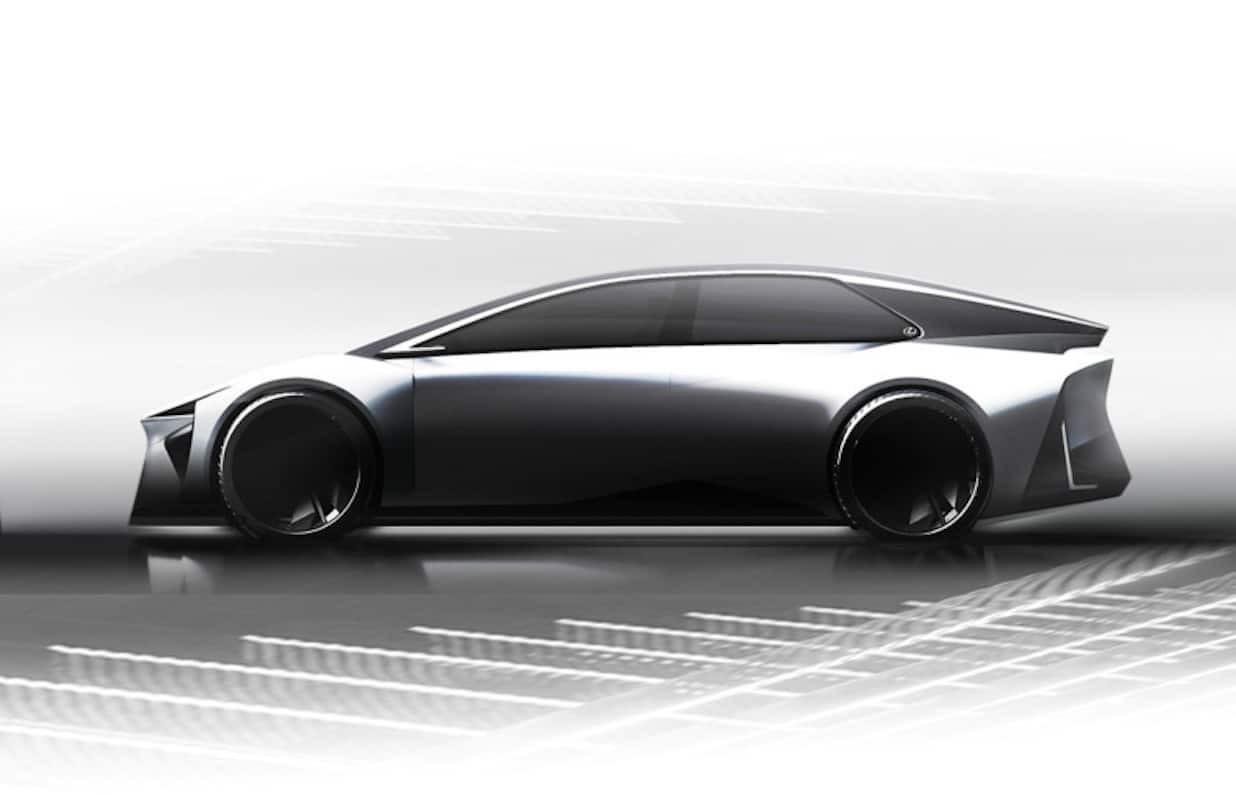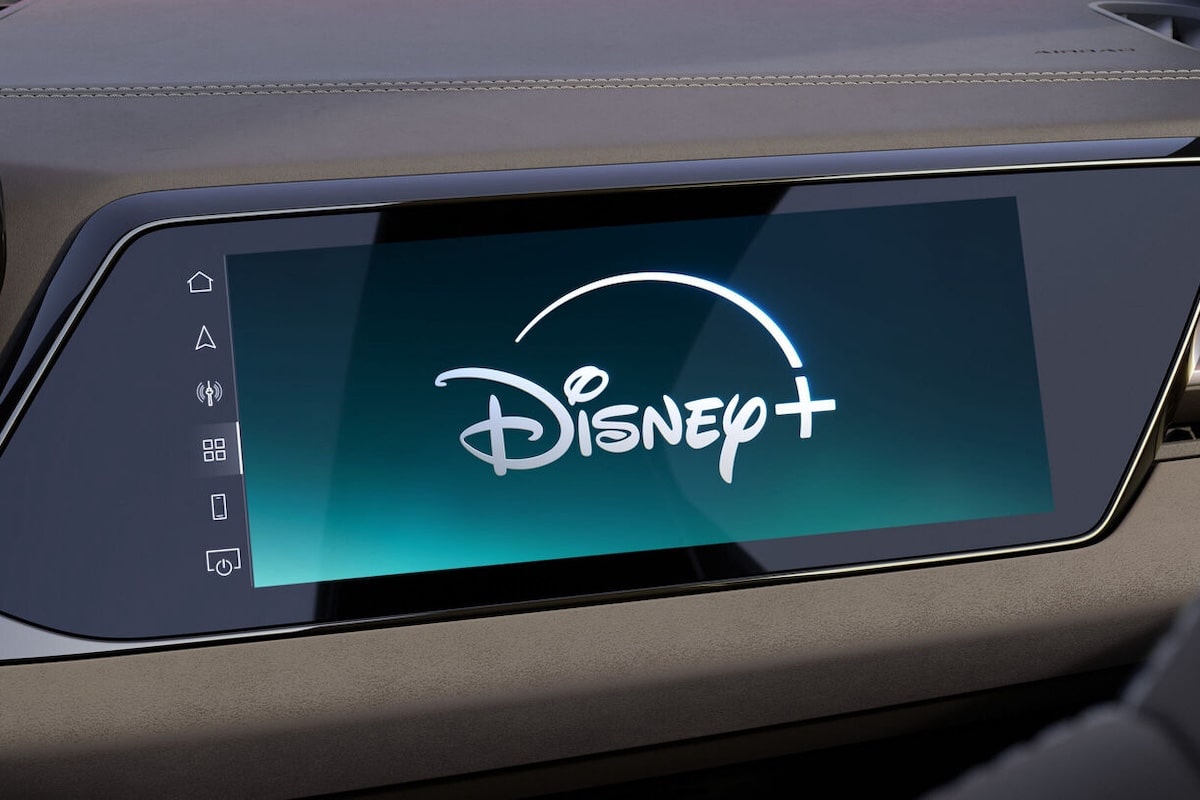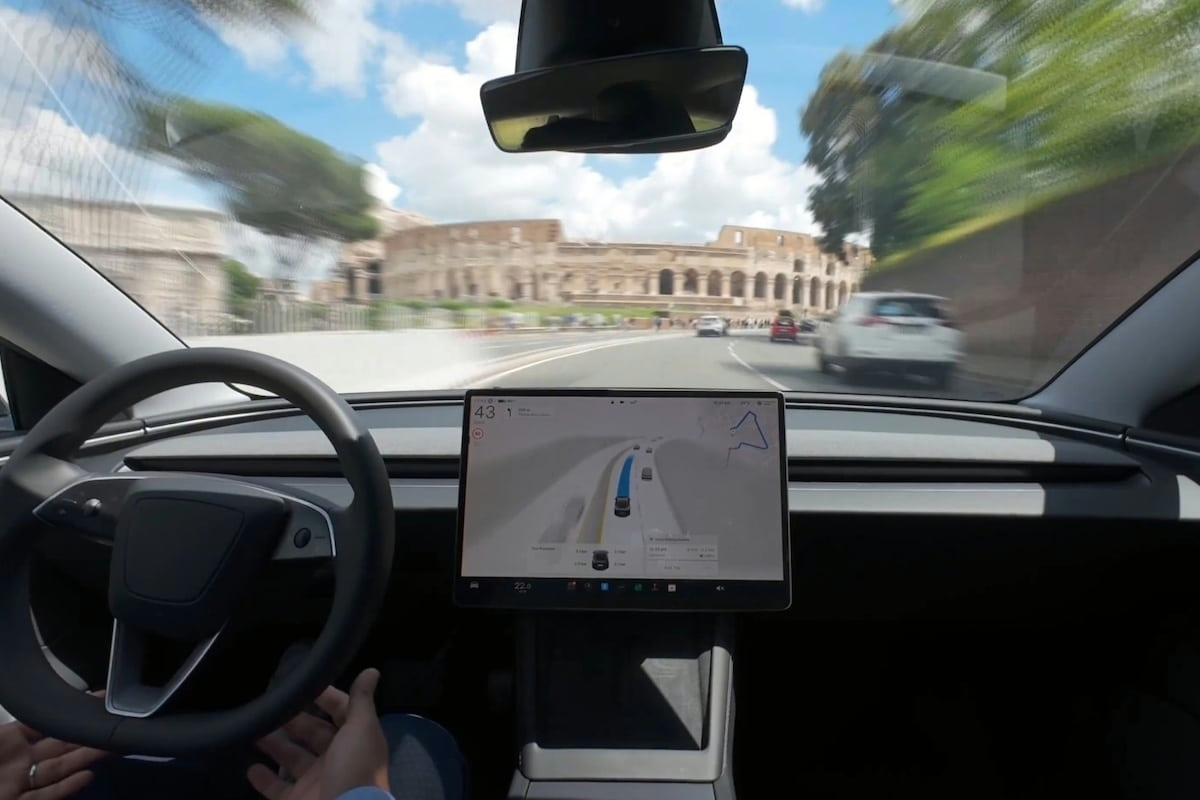Toyota Achieves 1000 km Range

Toyota has presented an ambitious roadmap with the goal of reaching 1000 km of range by 2026.
During a recent seminar titled “Let’s Change the Future of Cars”, Toyota shared for the first time information about its innovative technologies dedicated to next-generation electric vehicles, including an overview of the planned launch schedule for its advanced battery technologies. Production of its new generation of battery electric vehicles (BEVs) will start in 2026. They will account for 1.7 million of the 3.5 million BEVs Toyota plans to sell by 2030.
Toyota aims for extended range and lifespan
Toyota is conducting development work on three major liquid electrolyte battery technologies, which are currently the most commonly used in BEVs, to improve their energy density, competitiveness, and charging speed.
The high-performance lithium-ion version is expected to enable new advances, notably increased range exceeding 1000 km by 2026-2028, representing a significant automotive development milestone. By 2027, solid electrolyte lithium-ion batteries are also expected to be widely adopted. These allow faster charge and discharge cycles, promising more power in more compact dimensions. Until now, they had a shorter lifespan, but recent technological advancements are expected, according to Toyota, to eliminate this drawback, enabling mass production plans.
Shorter, thinner, further
Moreover, aerodynamics plays a major role in vehicle range. In this regard, Toyota continues its research on the best ways to improve the SCx coefficient. This is the drag coefficient, the commonly known Cx multiplied by the frontal surface area (S), which directly impacts a vehicle’s range. Toyota is especially focused on the height of the battery, which is generally mounted under the vehicle floor. This parameter can increase the overall vehicle height, which has a disproportionately multiplicative effect on SCx and consequently on range. Currently, packs have a height of 150 mm, which Toyota aims to reduce to 100 mm. In addition to decreasing vehicle height, such an advancement would lower the car’s center of gravity and significantly improve handling. In summary, these five centimeters could have a major influence on the overall vehicle dynamics because a better-handling car logically preserves all its components, from tires to batteries. Perhaps the most ambitious goal for the Japanese automaker amidst today’s emphasis on millimeter precision and multi-million-euro investments.
READ ALSO > Toyota outfits an Hilux with a hydrogen fuel cell
This page is translated from the original post "1000 km d’autonomie pour Toyota" in French.
We also suggestthese articles:
Also read






